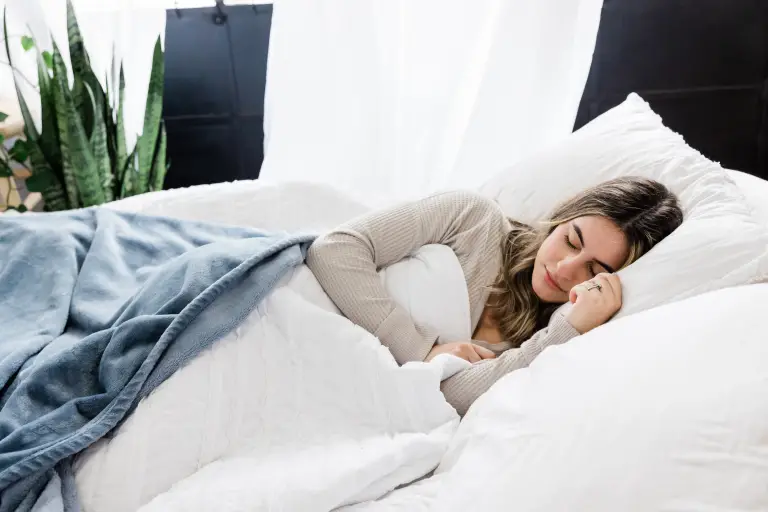 Approximately 60 to 70 percent of sleep tests are now completed at home, according to Harvard Health. 1 In the past, getting tested for sleep apnea required spending the night in a sleep lab while wired up and waiting weeks for the results. Now, all you have to do is wear a little gadget on the tip of your finger, and the findings will be uploaded the following morning. Are the new home sleep tests that are more convenient really that accurate?
Approximately 60 to 70 percent of sleep tests are now completed at home, according to Harvard Health. 1 In the past, getting tested for sleep apnea required spending the night in a sleep lab while wired up and waiting weeks for the results. Now, all you have to do is wear a little gadget on the tip of your finger, and the findings will be uploaded the following morning. Are the new home sleep tests that are more convenient really that accurate?
Can Home Sleep Apnea Test Be Reliable?
In order to make a diagnosis during lab-based sleep testing, patients frequently need to be connected to numerous wires, electrodes, and sensors.
Does A Home Sleep Study Cover?
Although each home sleep study equipment equipment may measure something different, most of them assess the same basic information: AHI, heart rate, SpO2, and the total amount of sleep (TST).
AHI: Also known as the apnea-hypopnea index (AHI), this metric measures how many apnea episodes a person has throughout the course of a typical night. Apneas are interludes in breathing that are typically caused by an obstruction in the airway. A mild case of sleep apnea is indicated by an AHI score between 5 and 15. Values over 30 are considered severe cases of sleep apnea, whereas scores between 15 and 30 indicate a moderate condition.
Heart rate is indicated by a person's pulse. The American Heart Association states that an adult's typical resting heart rate is between 60 and 100 beats per minute. This number may fall below 60 bpm while you are sleeping. However, faster heart rates are more common among sleep apnea patients, both while they are awake and when they are sleeping.
Another crucial element in determining sleep apnea is SpO2, or blood oxygen saturation. The body cannot receive oxygen during an apnea incident. Blood oxygen levels fall as a result, which over time may be problematic. Home sleep apnea test devices track how often people's SpO2 levels fall below that baseline, which is normally above 95%.
How Can I Verify the Results Are Correct?
A board-certified sleep physician must interpret results from home sleep study. These tests have received approval from both the FDA and the AASM, however, there may still be some errors. For instance, if the test is attempted after a night of unusual activity or if the device is not secure and slips off in the middle of the night (drinking, smoking, etc.). To get a better picture, some doctors may need additional nights of testing. The NightOwlTM, for example, can be tested for up to 10 nights before being discarded.
0




